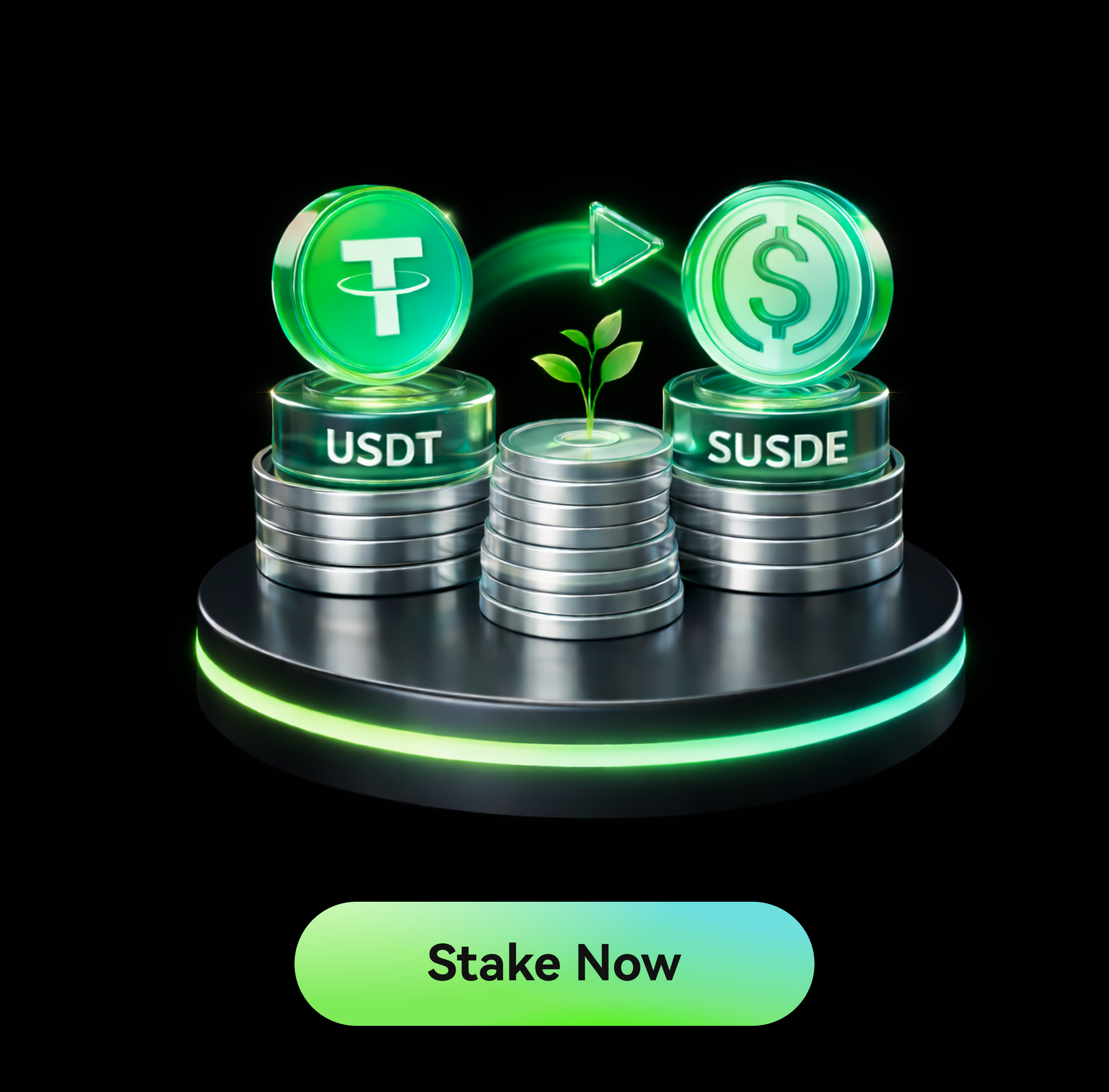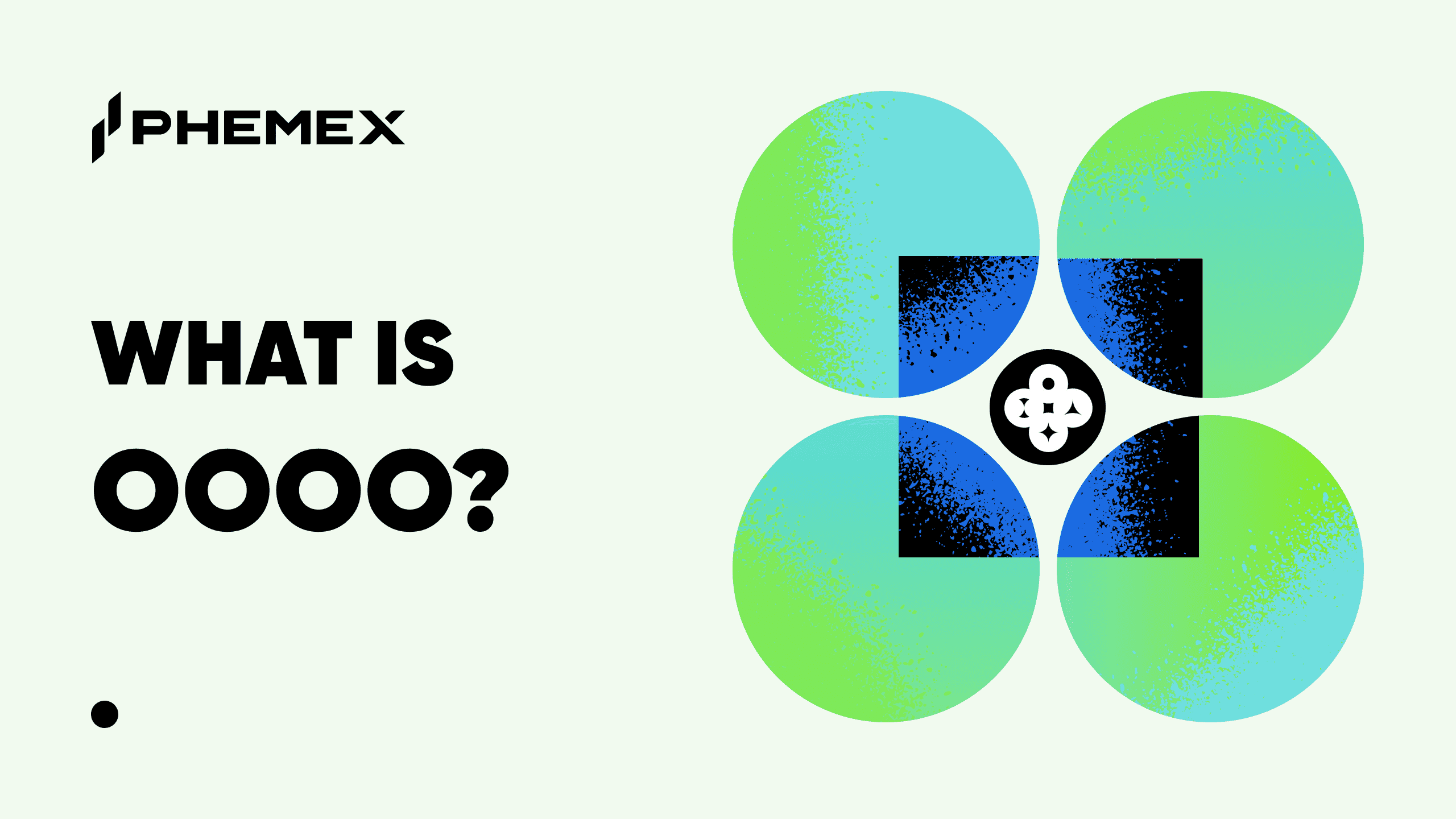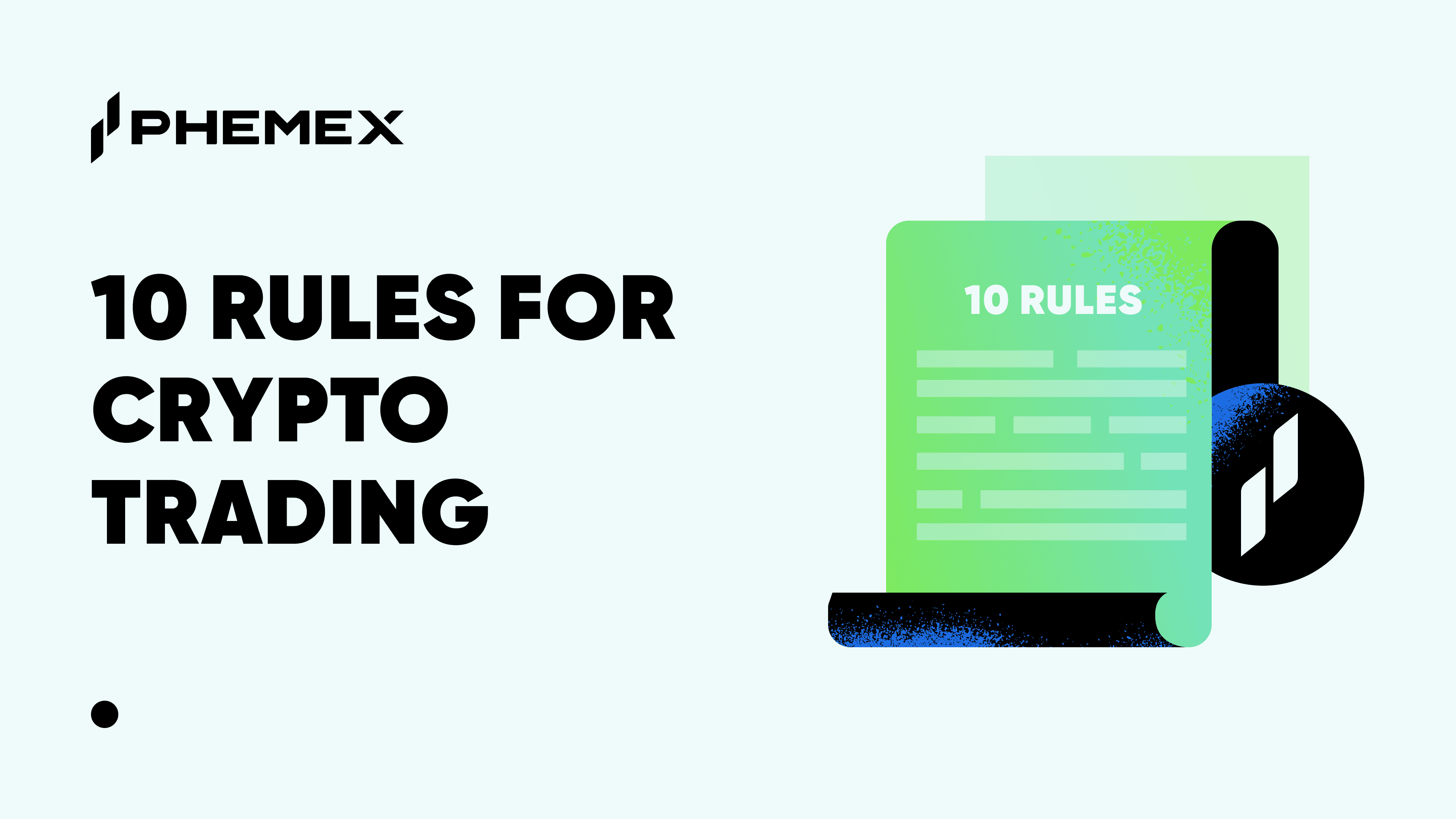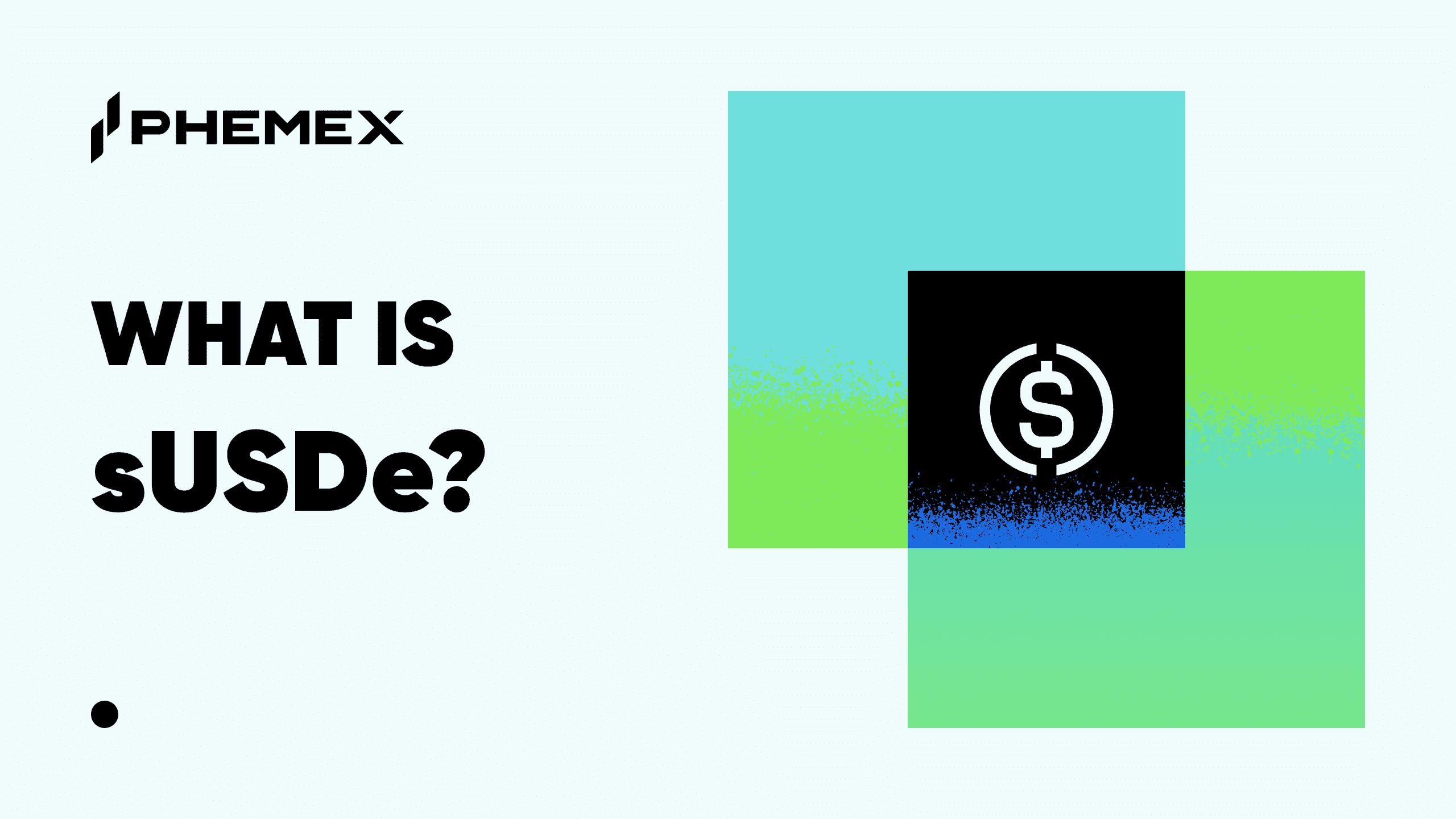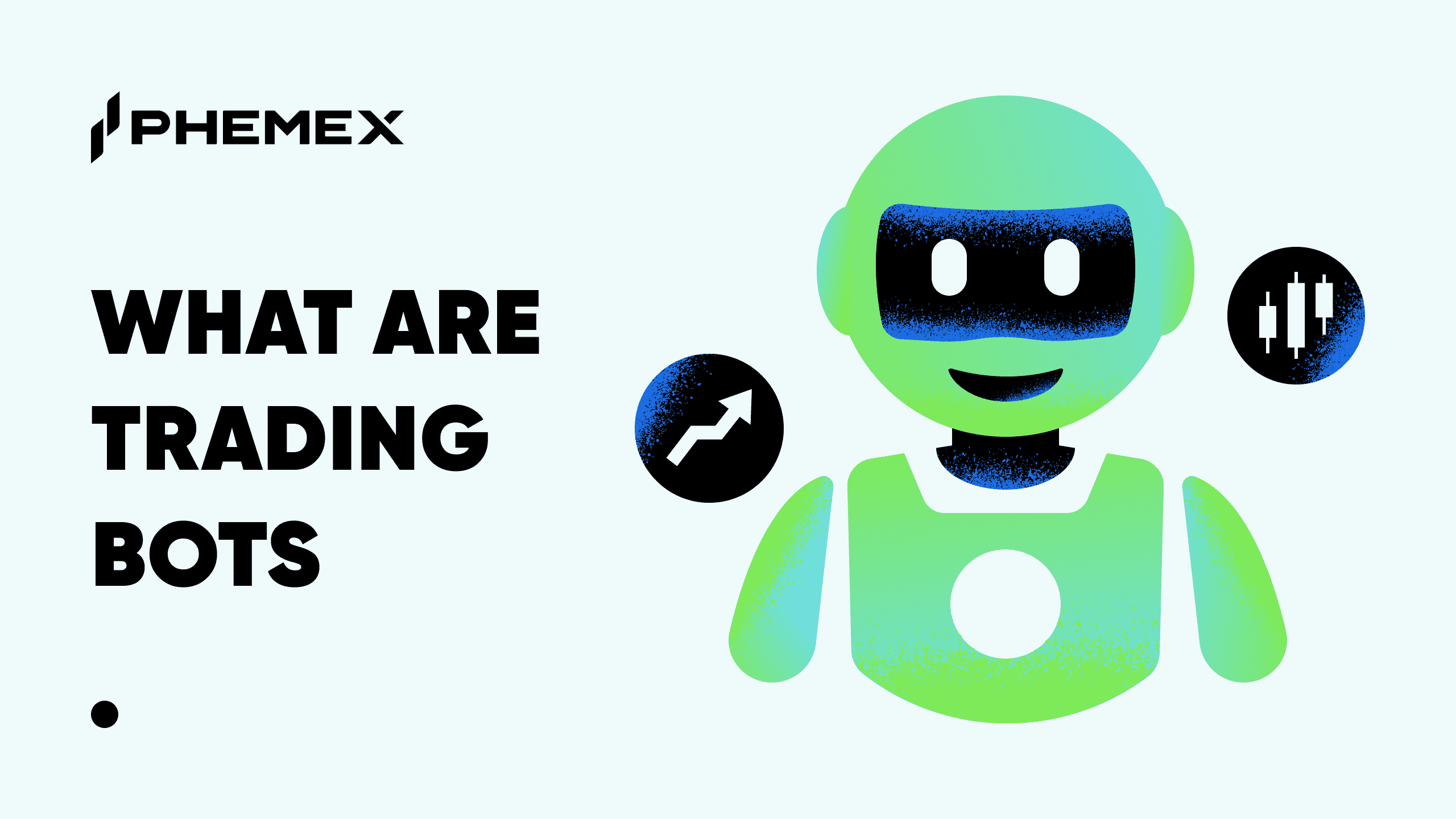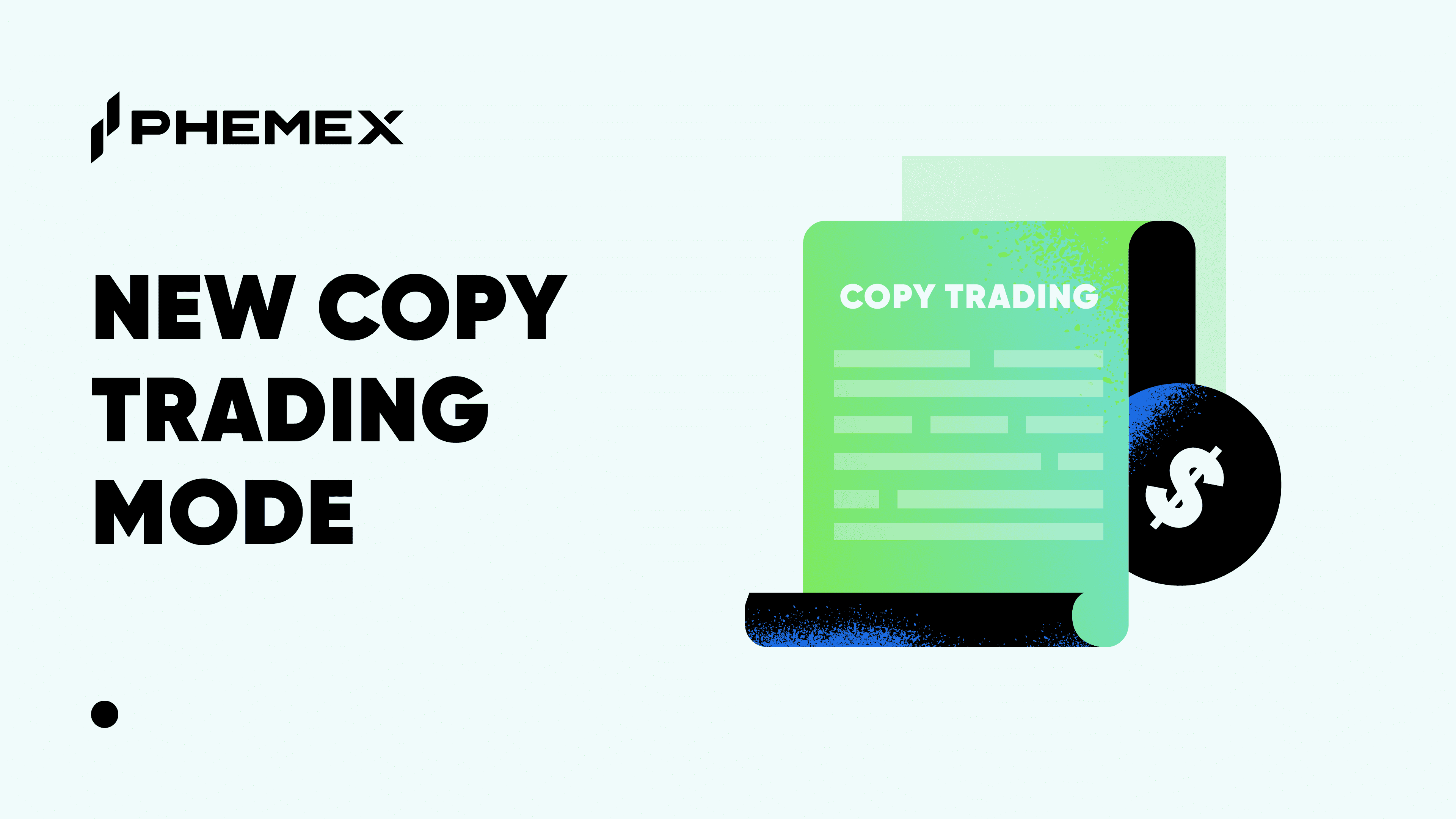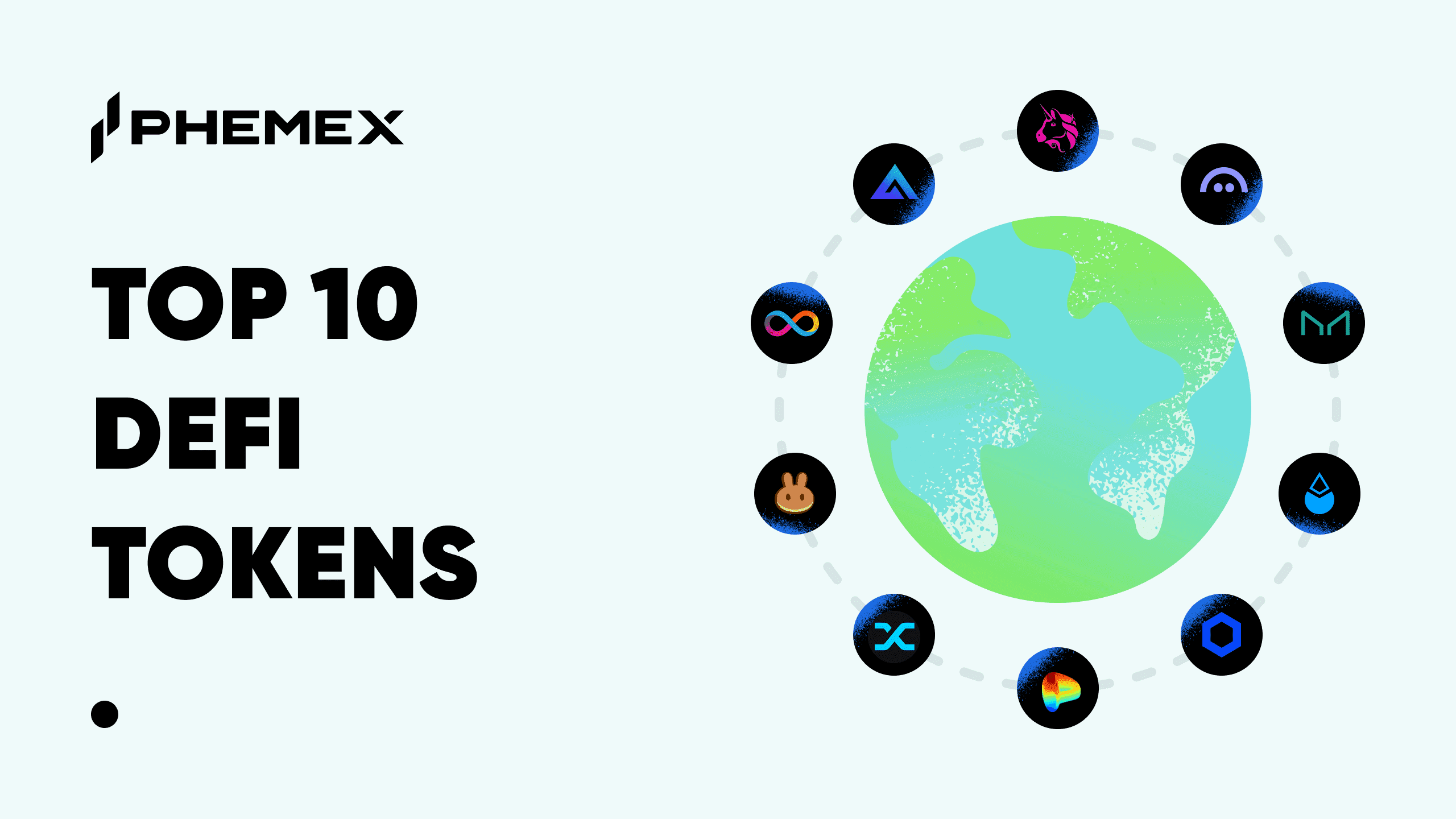
XRP (XRP) Price
Price of XRP (XRP) Today
The live price of XRP (XRP) is $2.01.The current market capitalization stands at $121.92B, with a 24-hour trading volume of $4.21B.XRP has experienced +4.93% in the last 24 hours and has a circulating supply of approximately 60.68B.These figures are updated in real-time to provide the most accurate market data.
XRP Price Data
XRP Market Stats
About XRP(XRP)
Team Members
Investors
 Andreessen Horowitz (a16z)
Andreessen Horowitz (a16z) Blockchain Capital
Blockchain Capital Arrington XRP Capital
Arrington XRP Capital Bossanova Investimentos
Bossanova Investimentos Accenture
Accenture Camp One Ventures
Camp One Ventures AME Cloud Ventures
AME Cloud Ventures Avant Global
Avant GlobalSocial Stats
4057 unique individuals are talking about XRP, ranking it 7 for most mentions and activity among collected posts. Over the past 24 hours, the sentiment toward XRP across all social media has been Bullish. Finally, 42 news articles have been published about XRP. On Twitter, 39.78% of tweets showed bullish sentiment compared to 7.78% of tweets showing bearish sentiment about XRP. 52.44% of tweets were neutral about XRP. These sentiments are based on 11636 tweets.
Bulls say
Bears say
XRP(XRP) News
MoreXRP (XRP) Academy
MoreXRP (XRP) Blog
MoreFAQ
What is XRP used for?
XRP is primarily used as a bridge currency for fast, low-cost international payments. Financial institutions use XRP to settle cross-border transactions without needing to hold foreign reserves. It’s also used by individuals for cheap remittances, instant crypto transfers, and interacting with apps on the XRP Ledger (XRPL), including wallets, exchanges, and NFTs.
How is XRP different from Bitcoin?
While both are cryptocurrencies, XRP and Bitcoin serve different purposes. Bitcoin is a decentralized, store-of-value asset with a capped supply and energy-intensive mining. XRP, on the other hand, is designed for fast, efficient payment processing, with a pre-mined supply and an energy-efficient consensus model that can process transactions in just a few seconds.
Who controls XRP?
XRP is maintained by a decentralized network of validators across the world, and it operates on an open-source blockchain - the XRP Ledger. However, Ripple Labs, a private company, has played a major role in promoting XRP for institutional use and holds a significant portion of the XRP supply. Despite this, Ripple does not control the XRP Ledger, which operates independently.
Is XRP centralized?
XRP has faced criticism for being more centralized than other cryptocurrencies due to Ripple Labs’ large holdings and early involvement. However, the XRP Ledger is decentralized, with over 100 independent validator nodes globally. Ripple Labs cannot directly alter the ledger or transactions without network consensus.
Can I stake XRP?
Unlike Ethereum or Solana, XRP cannot be staked in the traditional sense because it does not use Proof of Stake (PoS). However, some platforms like the Phemex Flexible Savings product offer XRP interest or yield products, where you lend or deposit XRP and earn passive returns. But note these are not native to the XRP protocol.
Where can I buy and store XRP?
You can buy Ripple (XRP) directly on Phemex, and we’ll securely hold it on your behalf as a custodial exchange. You can also use other cryptocurrency like USDT to trade XRP on the Phemex spot market. After acquiring XRP, it will be held in your Phemex spot wallet which boasts meticulous security mechanisms.
XRP (XRP) Conversion Rate
XRP (XRP) Price Movements
| Period | Amount Change | Change (%) |
|---|---|---|
| Today | +$0.094521 | +4.93% |
| 7 Days | +$0.162243 | +8.78% |
| 30 Days | -$0.12162 | -5.71% |
Disclaimer
Cryptocurrency prices are highly susceptible to market risk and volatility. You should invest only in products you are familiar with and fully understand the associated risks. The information provided on this page is for informational purposes only and does not constitute investment advice. It is not a recommendation to buy or sell any specific digital asset or adopt any particular investment strategy. Phemex makes no claims regarding the accuracy, suitability, or validity of any information provided or any particular asset. For further information, please refer to our Terms of Use and Risk Disclosure.
Please be aware that data related to the aforementioned cryptocurrency (such as its current live price) is derived from third-party sources. It is presented to you "as is" for informational purposes only, without any representation or warranty of any kind. Links to third-party sites are not under Phemex’s control. The content expressed on this page is not intended to and should not be construed as an endorsement by Phemex of the reliability or accuracy of such content. For further information, please refer to our Terms of Use and Risk Disclosure.


